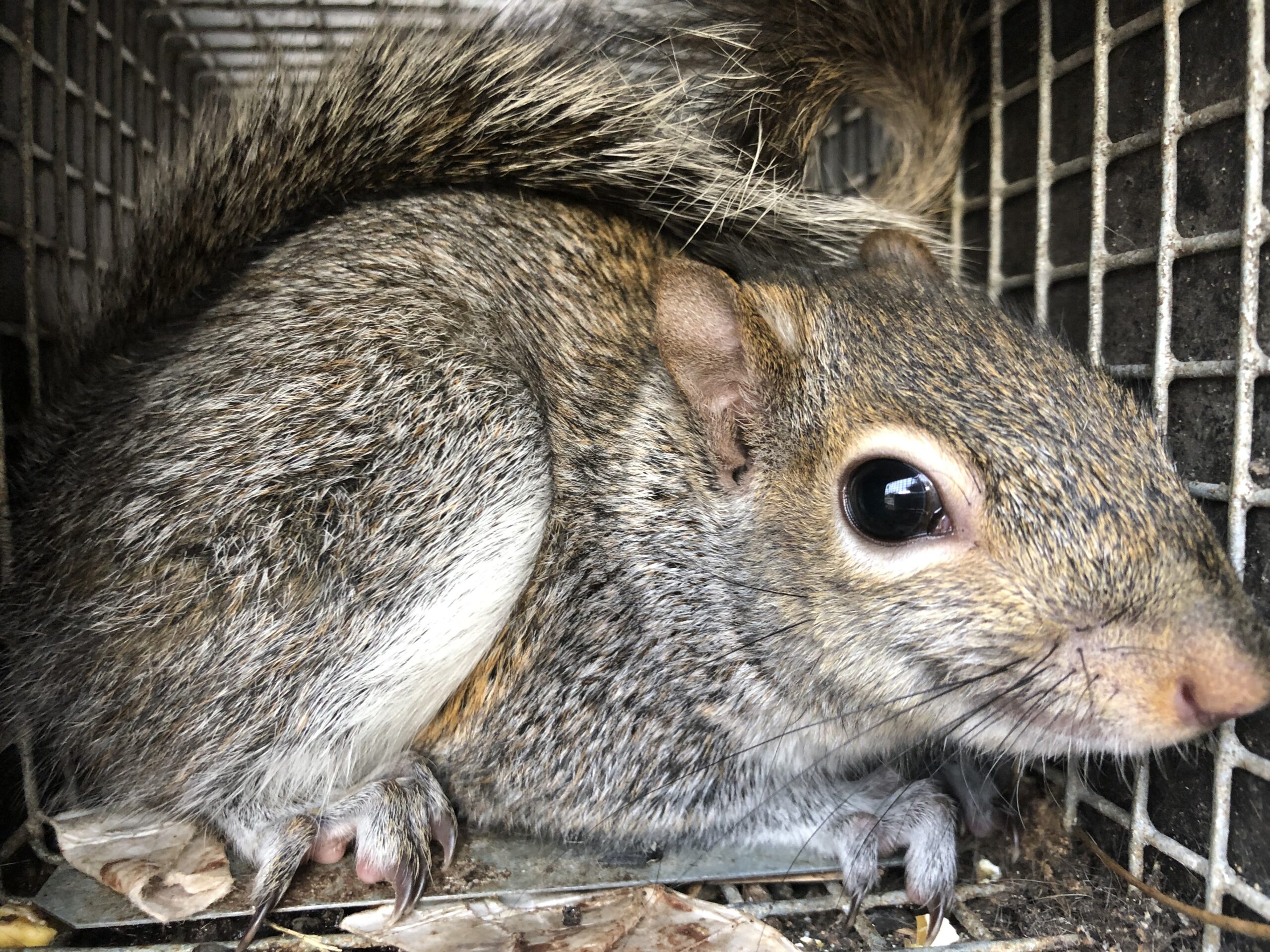
Grey squirrels are a common sight in urban and suburban areas throughout North America, but despite their cute and fuzzy appearance, they can be a nuisance to homeowners and gardeners. In this article, we’ll explore the habitat, behaviors, diet, and mating cycle of grey squirrels to help you better understand these animals and how to deal with them if they become a problem on your property.
Grey squirrels are native to North America and can be found throughout the continent, from Canada to Mexico. They are most commonly found in deciduous forests, but they have adapted to urban and suburban areas and can be seen in parks, backyards, and even on city streets. The squirrels are active during the day and spend much of their time foraging for food. Being omnivores, they will eat a variety of foods, including nuts, seeds, fruits, insects, some small animals, and even bird eggs. They are known to raid bird feeders and gardens, which can be a problem for homeowners who want to protect their plants and feeders and for their acrobatic abilities, as they are able to climb trees, jump from branch to branch, run along power lines, climb up downspouts, and can even climb certain types of siding. Which can make them very frustrating animals to deal with.
Grey squirrels are also known for their habit of burying nuts and seeds in the ground, which they will later retrieve and eat. This behavior helps them to survive during times when food is scarce. Grey squirrels mate twice a year, in the late winter/early spring and again in the summer. Males will compete for the attention of females, with the dominant male usually mating with several females. After a gestation period of around six weeks, females will give birth to a litter of two to four young. The young are born blind and hairless and will stay in the nest for several weeks until they are old enough to venture out on their own.
Damage to Your Home’s Structure – Squirrels are notorious chewers and can cause significant damage to your attic’s insulation, (reducing your energy efficiency), your wiring (causing a possible fire hazard), and other parts of your structure like your trim and siding. This can lead to costly repairs down the line.
Health Risks – Squirrels can carry diseases and parasites that can pose a risk to you and your family’s health. These include Lyme disease, tularemia, and even rabies.
Noise and Odor – Squirrels are active creatures and can create a lot of noise and odor, especially if they’re living in your attic. This can be a major annoyance for homeowners and can even disrupt sleep patterns.
Fortunately, we have a program that has been proven effective for over 14 years and can rid you of your squirrel issues! The key points are:
Inspection – Our technicians will conduct a thorough inspection of your attic, the exterior of your home, and your property to determine the extent of the infestation and how to solve your problems.
Trapping – We use humane trapping methods to capture squirrels and safely relocate them to a new habitat. We inspect the property and find the best areas to trap and we use a lot of them!
Exclusion – To prevent squirrels from returning to your attic, we can seal up any entry points and install barriers that will prevent them from gaining access in the future. All our exclusion materials are of the highest quality with a focus on our exclusion lasting years and years.
We understand the frustration and stress that comes with a squirrel infestation. That’s why we’re committed to providing fast and effective solutions to help you get your home back to normal. Contact us today to schedule a consultation and learn more about how we can help.
